

Lucianópolis - Land and People
The transformation of the natural landscape
The former property of the São Pedro Antas,
before police district Gralha, now Lucianópolis, emerged from a massive number
of land by Manoel de Silva. The deed of donation was made in the year 1862 in
the notaryship of the former parish of São Domingos, previously known as São
João de Domingos and the most were originally from the neighborhood Forquilha
which were in possession of Botucatu at the time.
During the period in which the lands of the São Pedro Antas were managed, the humans searched progress and happiness. Immigrants and migrants of different origins. Due to the intensification of settlement the state government founded the district police Gralha in 1913. Of course over the years and with the increase of population and the economy proved as a powerful Gralha aspirations of the Supreme of the place, the creation of the district of peace through the assistance of a committee. A sign whose significance politically and socially-relevant was economical. The members of this committee were: Virgil Alves de Oliveira, Benedicto de Lima, Manoel Camargo, Jose da Rocha and Joaquim Teixeira Crispim. These men demanded a joint responsibility for himself and directed the authorities to meet the requirements of the council to meet its Gralha.
The idea was successful and the project for the creation of the district of Peace was adopted by the Legislative Assembly in 1924 converted into law. In 1925, the so desired district of Peace solemnly founded.
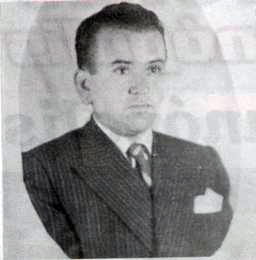
Jacinto Canedo - first master of the city Lucianópolis, his image comes from his tenure in the 1950s
of the last century. He was in 2007 90 years old and still lives and operates a
small museum of the history of the city in addition to his town house
opposite the church. I know him personally as quiet and nice old man and he
gave us one guide through his small museum.
The foundation of the community
During the twenty-nine years was the fate
of the people of Gralha with Duartina connected. Many conflicts. Much
dissatisfaction. And more tributes from Gralha could made by politicians of
Duartina, with a district electoral base. Overall, it was known that there are
several mayors of Duartina came from Gralha. Much chatter. Some differences
exist in the political game. Others agreed with the political supporters to
Duartina match. It was beneficial for some. However, the cleverness, cunning and
discretion of Jacintho Canedo needed to these people and their needs to give a
permanent solution. Jacintho, a notary, was deputy mayor of Gralha in 1953. A
politician with good relations, with discretion for the district to survey the
status of a municipality and procured the necessary documents and signatures. An
old dream of Gralhenses has been realized. They broke away from Duartina and
followed the fate of political independence. It was a moment for the people of
to show their true value Gralha. There was a historical sense of emancipation in
the Gralhense population. A citizen decision clarified this intention. They lost
their autonomy to Duartina, their railway and their space on the Paulistanic map.
Now the moment came to separate politically and to determine their free path of
fate.
The message of political detachment of the district of Gralha met in Duartina like a bomb. The political landowners learned it and were totally angry. They lost their electoral base. The state MP Luciano Nogueira Filho was sent by the Gralheneses to the Legislative Assembly of São Paulo for the project of political emancipation of Gralha.
But this was not useful for the justice. In their opinion the General Prosecutor of the Republic Carlos Medeiros da Silva was satisfied with the documents prepared by Jacintho Canedo. From these documents it was apparent that there is more to the recognition of citizens' decision was a cunning achievement by the noble notaryship. In the conclusion of its opinion said the Attorney General of the Republic :"... the presentation of Duartina is illogical. " Jacintho Canedo prevailed. The people of Gralha prevailed. And under the Law No. 2456 dated 30th December 1953 was an additional paulistanische municipality with the name Lucianópolis founded. The deputy Luciano Nogueira Filho was happy to see his name in the wake of a place as a second from him "everything ... has a record of paradise."
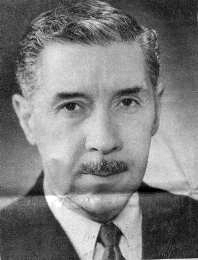
Deputy Luciano Nogueira Filho
The short history of Lucianópolis
The begin of the settlement of São Pedro das Antas
The donation by Manoel Moreira da Silva to the
saints "São Pedro" with considering the estate of Diocesana de Botucatu
to his later adminstration appeared to the account of Otávio Otaviane. The date
of donation was on 10th February 1862.
Location of the population of São Pedro das Antas
According to a copy of the notary of the dissolved district of São Domingos handled public deed, the file was found in Notarial Santa Bárbara, surrounded the donated land comprises the whole strip of land by the Ribeirão Antas, Água do Rosa, uphill through the inflow to the top there on the slope of the Ribeirão Antas, the hill up to it.
The first inhabitants
The creation of the district Gralha
In the 20th Century in 1924, the District of Peace founded through Law No. 1970 of 24th September 1924, belonging to the community Piratininga, county Agudos. The celebrations of the founding of the district were large and took place in January 1925.
After the initial establishment of the first Notary of the peace of the district
Gralha was the first secretary Benedito Lima de Almeida appointed. In 1926, the
district Gralha the newly founded community Duartina assigned by Law No. 2151 of
11th December 1926.
The creation of the municipality Lucianópolis
In 1953, the municipality was founded by the State
Law No. 2456 dated on 30th December 1953, with the designation Lucianópolis
clear to honor the state MP Luciano Nogueira Filho, who was fought for the
equality of the square. On 3rd October 1954 the first elections were proceeded
and Jacintho Canedo was the first elected mayor of Lucianópolis. In 1955 there
was a legal and formal establishment of the community through direct ruling of
Judge MM Victor Tieghi.
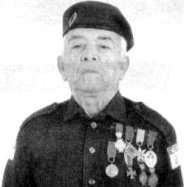
Góes Ap. Canedo: one
figure of one son of Lucianópolis in the World War II.
Lucianópolis in the 21nd Century
Today (2009) Lucianópolis has approx. 2,200 inhabitants. Until 6th August 2009 Lucianópolis was not visited by German tourists yet and no German overnighted in the city until 2007 yet. Leda Marana Bim, one daughter of Lucianópolis, one student for humanities of the University of Hamburg/Germany in the 21nd Century, brought one German couple to Lucianópolis on 6th August 2007 for the first time. The Germans liked the city so much, so that they bought a mansion with a large yard there on 25th January 2008 and are planning one small private botanical garden with a banana, fruit and exotic plant collection, the "Bananas Raras", which will be used by Austrian and German biologists for the breed research and will be one of the largest banana collections of Brazil like the of "Frutas Raras". These are we. On 20th January 2008 the first genuine hotel in Lucianópolis with 6 rooms was opened and the first guests of the new hotel were Germans, these were my wife and I. The city seems to discover the tourism. In the future further German tourists will visit the beautiful small city, some immigrants will settle too. The first Austrian named Juergen Rausch, one biologist from Vienna, visited the city in September 2008. Lucianópolis has 3 churches of different Christian denominations, the main church is the symbol of Lucianópolis and stands opposite the town mansion and the small museum of Jacinto Canedo, a high age. You should visit the main church and also the small museum of the history of Lucianópolis, the main church is situated in a beautiful park full of exotic plants with a fountain.
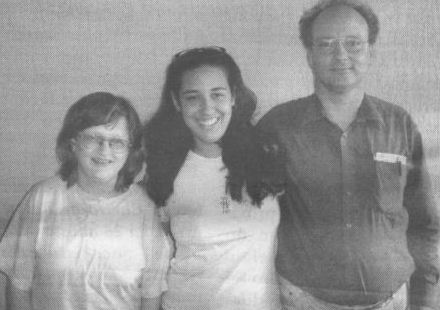
Carmen Jaeck, Leda Marana Bim and Joachim Jaeck (August 2007)
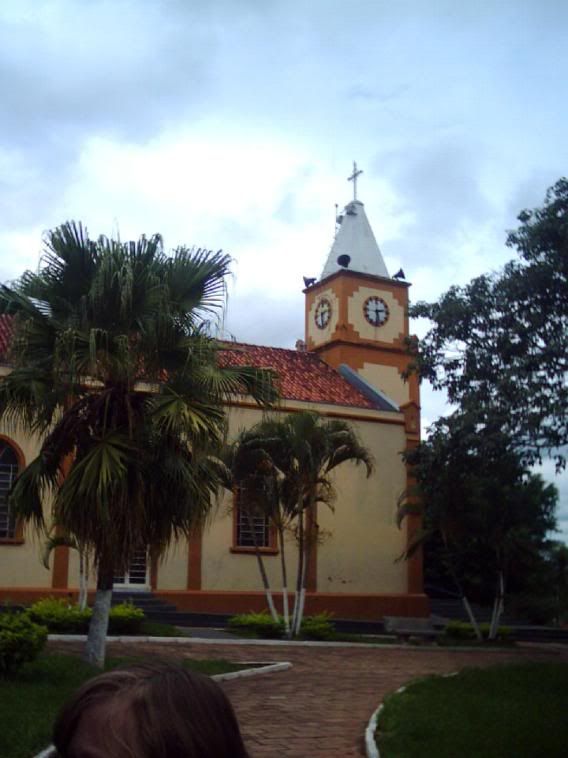
The symbol of the city Lucianópolis (February 2008)
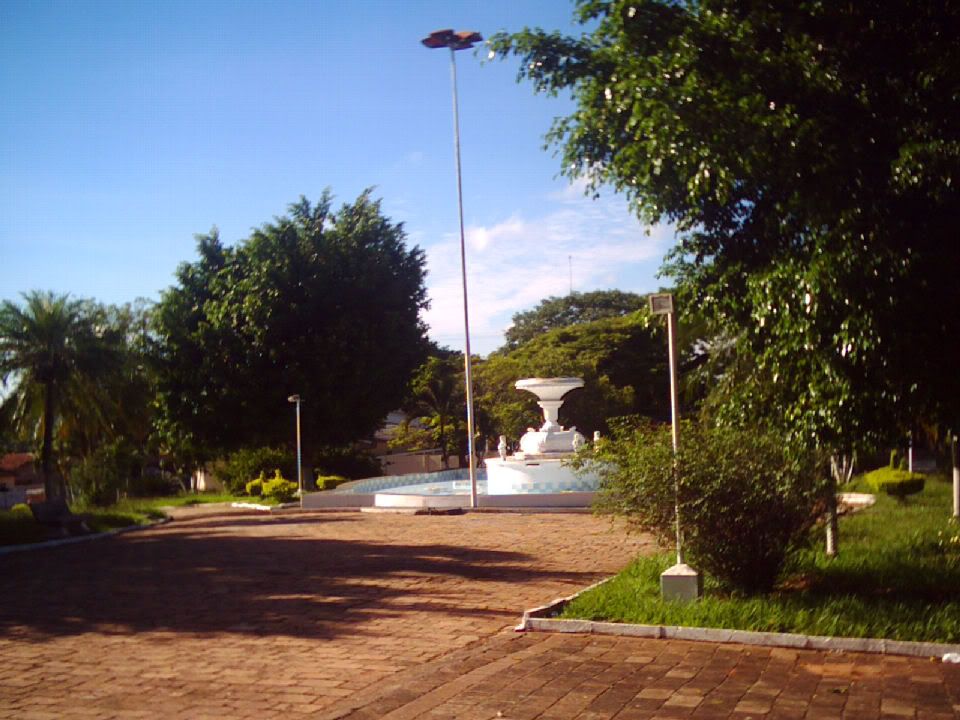
The fountain in the park of the church (February 2008)
Translated and completed by Joachim Jaeck from the German version of http://www.lucianopolis.sp.gov.br on August, 21st, 2009